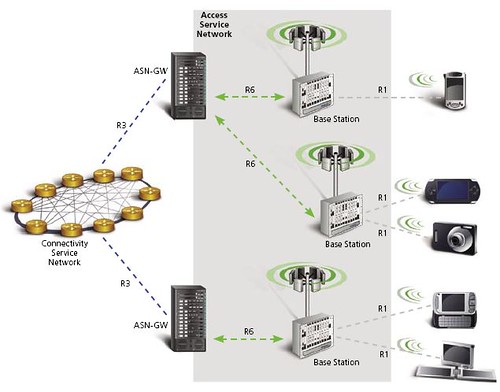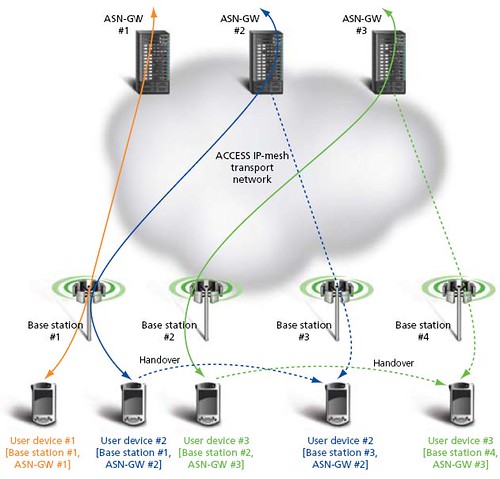South Korea officials say the country’s mobile WiMax licenses should be revoked and other sanctions imposed because the country is not getting the rollout citizens were promised, Light Reading reports.
In 2005, Korea Telecom, primarily a landline phone/broadband company, along with Hanaro Telecom (now SK Broadband), and SK Telecom (a cellular operator with 50% market share), received licenses for WiBro, although Hanaro returned its license in the same year.
The companies agreed to invest $1 billion on infrastructure, and the government set a target of 1.4 million subscribers by 2009. South Korea launched Mobile WiMAX in 2006, but the rollout has been slow — especially with SK Telecom, which probably prefers a cellular-centric, HSPA solution.
To date, KT and SKT still have $200 million to $300 million in capex left to invest, says Tae-Hyung Kim, Asia/Pacific analyst at Pyramid Research.
As of the end of June, KT had 218,454 WiBro subscribers, according to the company’s figures. SKT does not publish its WiBro subscriber numbers separately, but Kim believes the number stood at just 20,000 in April this year, although the company has a target of 100,000 by the end of the year.
KT has improved takeup recently with a 29 percent rise in revenues quarter-on-quarter. The company’s CFO, Yeon-Hak Kim, KT expects the growth trend to continue in the second half of the year, when notebooks embedded with both WiBro and WiFi technology are introduced.
Despite such improvements, WiBro is very much the bridesmaid to HSPA’s bride, says Unstrung. As of the end of June, Korea had just shy of 22 million HSPA subscribers, according to Wireless Intelligence, some 47 percent of the total mobile subscriber base.
WiBro coverage is limited to Seoul and its surrounding areas, whereas HSPA is nationwide. But, according to Unstrung, Pyramid’s Kim says even if the operators completed their promised investments, nationwide coverage is out of the question. “Depending on the amount of the fine, I personally think operators would prefer to have WiBro licenses revoked just to get done with the issue, he suggests.”
He also believes the government will not follow through on its threat to rescind the licenses: “After spending a huge sum in paying royalties to Qualcomm for [CDMA] 2G networks, the government tried to develop a home-grown technology — WiBro — that vendors could export, rather than import. The government created a WiBro hype that pushed a lot of local SMEs into investing in it, so it can’t back off WiBro now, even if it knows that WiBro doesn’t make much business sense at this point.”
The decision on government action will rest with the Korea Communications Committee, and it’s not clear when it will make a ruling on the issue.



























